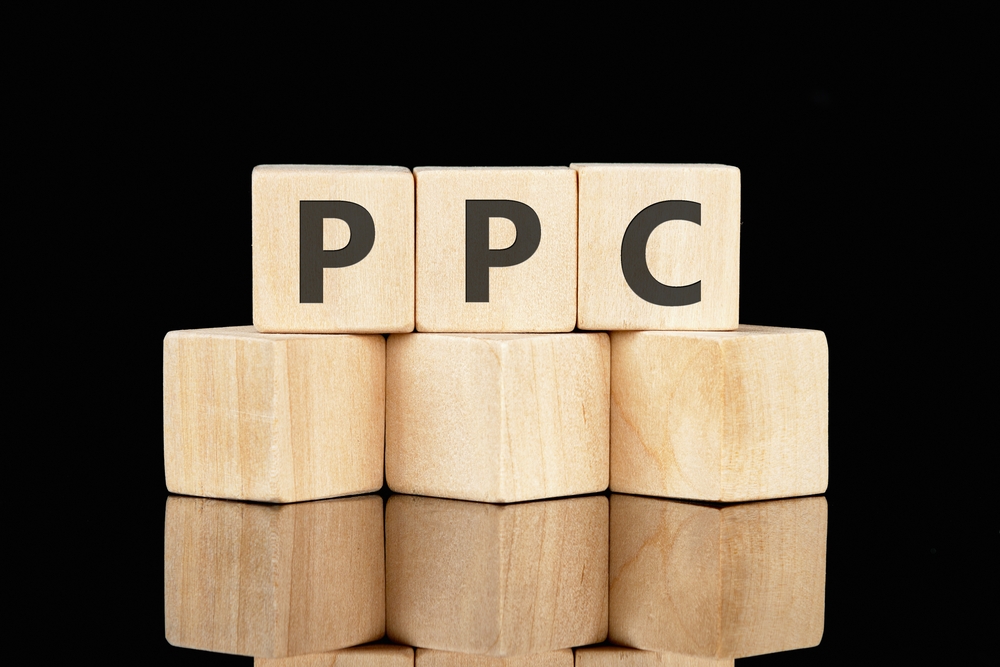
PPC Basics: Budgeting Tips to Maximise Every Pound for The Automotive industry
If you’re in the automotive industry, you know how competitive it is. Maximising your Pay-per-Click (PPC) budget isn’t just a good idea but a necessity. Navigating PPC, especially within such a robust market, can feel a bit like trying to park a double-decker bus in a space meant for a Mini. A well-tuned campaign can make a world of difference. For some actionable insights and deeper understanding, you might want to check out The Automotive industry PPC.
By November 2024, businesses have been refining their digital strategies for years, and the lessons are clear. Getting the most bang for your buck with PPC demands an evolving approach. This post will serve as your guide to squeezing out the best performance from your automotive PPC campaigns, ensuring that every pound you spend is a well-invested pound towards more leads and sales. Let’s dive into the essentials of budgeting your PPC campaign efficiently without wasting resources.
Understanding Your Audience
The first step is getting a grip on who your audience really is. Cars aren’t a one-size-fits-all product; what Joe Bloggs wants may be worlds apart from what Sally Smith is after. Dive into data you already have: past sales, service bookings, and web analytics. Knowing your audience helps target your ads better, hitting prime prospects with refined messages rather than casting a wide net and hoping for the best. Segment your audience to tailor ads that speak to their needs, whether they’re looking for family SUVs or sporty convertibles.
Keeping an Eye on Competitors
Competitor analysis doesn’t mean mimicking what everyone else is doing. Instead, learn from their wins and missteps. Check out their ad creatives and keywords – these can reveal what’s working in the industry. Are competitors hopping on eco-friendly vehicles? Are they offering test drive incentives? These insights help you stay one step ahead, allowing you to allocate your PPC budget wisely. The automotive industry is ever-evolving, and staying in the loop will keep your campaigns fresh and effective.
Keyword Allocation
The foundation of a successful PPC campaign lies in excellent keyword management. Use tools like Google Keyword Planner or SEMrush for finding high-intent keywords. However, don’t just aim for high traffic – always consider relevance. Some expensive keywords might attract lots of clicks but convert poorly if not specifically tied to your offerings. Focus on both the broad keywords and long-tail variations to capture the diverse search habits of car buyers. This strategic choice optimises both your budget and ad performance.
Regular Budget Reviews
Setting your PPC budget isn’t a one-and-done affair. The auto industry’s trends often shift with the gears, and so should your budgets. Assessing performance regularly gives you insight into what works and what’s guzzling your funds without much return. Past October 2023, businesses have had success with monthly reviews. Look at your cost-per-click, conversion rates, and return on ad spend. This ongoing evaluation lets you tweak campaigns promptly and strategically reallocate funds where they’re needed most.
Considering Your Ad Schedule
Timing can affect your PPC success as much as the ads themselves. Consider when your potential car buyers are most active online. For instance, a surge in mobile searches might mean it’s time for an ad push during evening hours when users are home and browsing social media. Aligning your ad schedule with your audience’s online behaviour helps stretch that budget further, focusing spend when people are most likely to convert. This is especially useful in the auto industry where decisions can be quite involved and time-consuming.
Experiment with Ad Formats
The automotive market offers rich opportunities for creative ad formats. Use video ads to showcase the latest features, image ads to capture attention quickly, or even gallery ads for a broader view. Past 2023, interactive ads have started gaining traction. Having diversified ad formats in your arsenal ensures you’re not only spending your budget but doing so effectively. Each format has its own strengths, and trying different ones can unveil what resonates best with your audience.
Conversion Rate Optimisation (CRO)
- Check your landing pages. Are they as compelling as the ads that lead to them? Consistency between your ad content and landing page improves user trust and conversion rates.
- Experiment with call-to-action (CTA) wording. Small tweaks can lead to increased engagement. Past split tests in the industry have shown that precision and clarity in CTAs yield significant improvements.
Keeping Track of Automation and AI
Automated bidding and AI are reshaping PPC. Employing machine learning technologies can assist in optimising bids and targeting the right audience efficiently. By November 2024, AI tools are more sophisticated, enabling businesses to automate routine tasks, freeing up time for strategic thinking. However, it’s crucial to keep an eye on these automated processes to ensure they align with your unique business goals and adapt as needed.
Refining Your Ads With A/B Testing
A/B testing is not just a best practice; it’s necessary if you plan to run an efficient PPC campaign. Test different ad copies, headlines, and visuals to see what resonates best with your audience. Gather and analyse data to make informed decisions. In the automotive field, even the colour of a car featured in an ad can have an impact on engagement. The key is to keep experimenting and improving. Even small click-through-rate improvements can have a significant impact on your budget efficiency over time.
By understanding your audience and strategically managing your ads, you’ll make every pound count. If you’re keen to enhance and optimise your PPC efforts further, consider exploring our dedicated service on PPC management for The Automotive industry. Making informed decisions and refining your strategies will help you steer your campaigns in the right direction.
